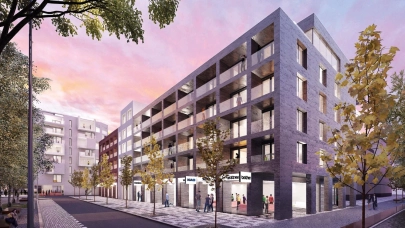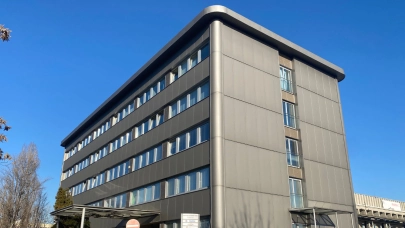
Panattoni is launching the construction of a new speculative centre in the Łódź region. The project is to have an eventual size of close to 30,000 sqm.
The new park is to be constructed in the town of Zgierz, just 14 km from Łódź and around 5 km from the Emilia junction on the A2 motorway. This ensures access to the main transport corridors of Poland and Europe. Additionally, the new S14 expressway runs close to the site with the road significantly improving the logistics capabilities of the region and strengthening its position as an important goods transportation hub. Also, the Intermodal Container Hub can be found nearby, which connects China with Western Europe.
Construction work on the building began at the beginning of May. A total of 13,600 sqm is to be developed in the first stage with this space scheduled for completion in January 2025, however, future tenants may be granted early access and could begin working from the site as early as December this year.
“Our new Łódź project is a perfect fit for Panattoni’s development strategy, which is to concentrate on optimising the supply chains of our clients. High development standards and a strategic location are key to the success of the rapidly growing e-commerce and logistics industries”, comments Katarzyna Kujawiak, the Development Director at Panattoni. Around 4 mln people live within an hour’s drive of the site and there are as many as 180 mln consumers within a six-hour range.
The Łódź park will eventually provide 30,000 sqm of modern warehousing space tailored to the needs of e-commerce and is suitable for other sectors that require the efficient management of goods. The centre is to include numerous loading docks enabling goods to be handled quickly and logistics operations to be optimised.
The building is to undergo BREEAM certification for a rating of Excellent. As part of the project, the roofs are to be reinforced ready for the installation of solar panels and energy and water-saving systems are to be installed while modern solutions are to improve the well-being of the user including better access to natural light, acoustically-tested office space, and improvements to air quality and thermal comfort.



